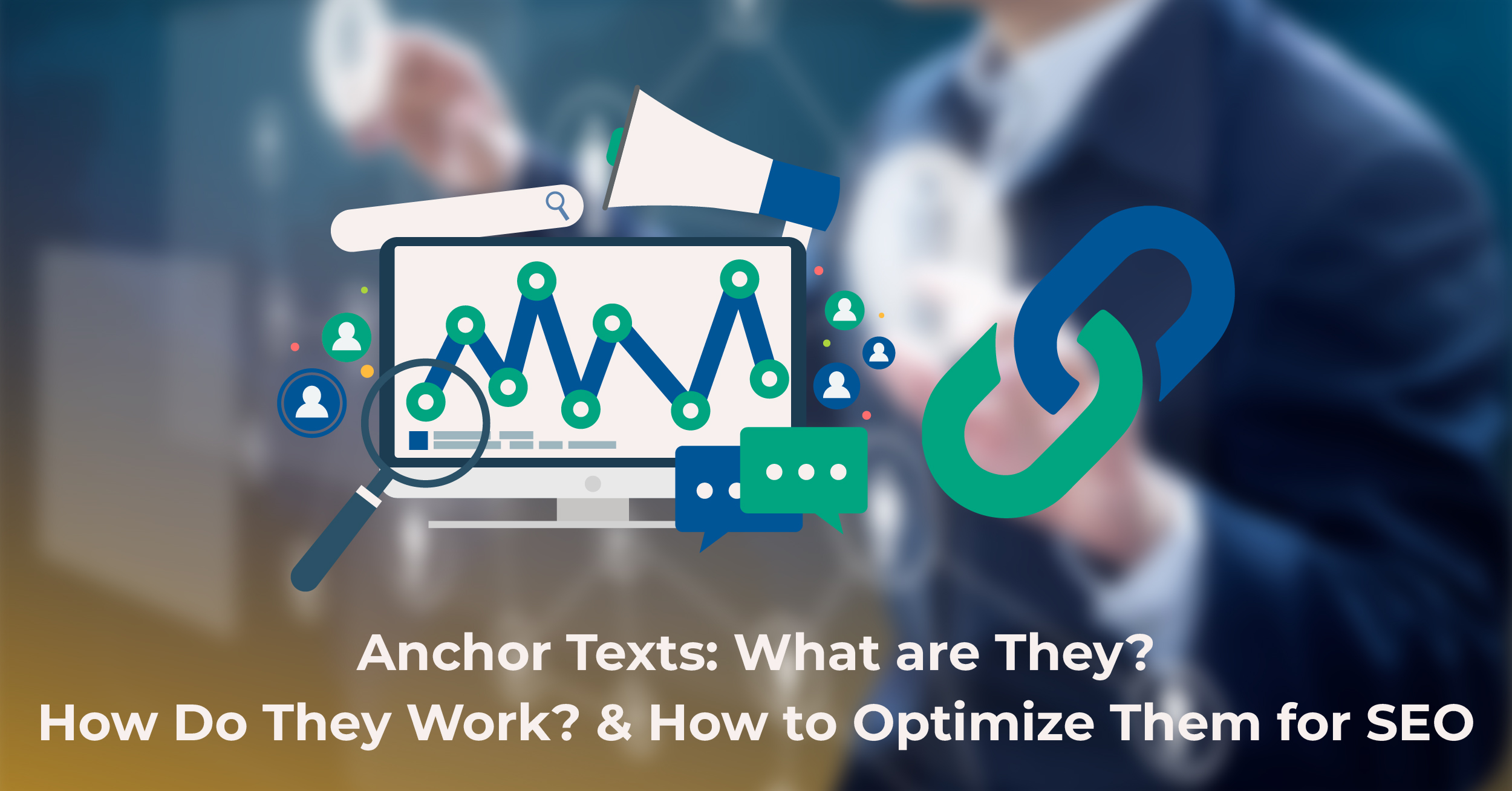Blog
Anchor Texts: What are They? How Do They Work? & How to Optimize Them for SEO
December 27, 2022
Posted by: DevDigital
Sometimes internet searching can feel like a trip down the proverbial rabbit hole of information. Or maybe it is more akin to being lured by that “shiny thing” only to be lured to the next shiny thing.
Whichever analogy you choose to describe your personal search navigation, the process can often seem confusing and open-ended. But when it becomes related to how your potential customers reach your business’s website, how easily they arrive at where you want them certainly becomes a significant consideration.
Think about how many times during a search on a specific topic or product you find highlighted links that link you to another webpage. Now, think about the language used in that link. Was it clear where you were going to land or did the next stop come as a surprise?
The wording used for anchor texts- or link texts- plays an important role in the integrity and value of your written content as well as guiding consumers directly to your site.
What is an Anchor Text?
It is safe to say most of us spend a lot of time scanning websites and reading articles, and we often find clickable links within the content we are reading. They are typically another color, such as blue, and underlined to represent that upon clicking, the user is directed to another website. The visible text of this link- the anchor text wording- should correspond somehow with the website being visited to present a seamless path to your content funnel.
Not all anchor texts look the same. These links can be one word or a phrase. For example, when reading an article about independent bookstores, you may find a one-word anchor link like “bookstore” or a phrase that designates a more specific part of this topic like “best independent bookstores” or “bookstores near you.” One word can appear somewhat broad in scope and multiple words, or a phrase may lead the reader to a more targeted topic. When adding anchor text for a link within written content it becomes necessary to choose words carefully so readers at the very least have an idea where they will land if not the exact site.
Online searchers are savvy and quite resourceful when navigating searches, but they can also be impatient as they also want relevant and immediate information. Avoid being vague or deceptive in the language you use for your anchor texts. Do not include an anchor link with text that reads “bookstore” if the link takes the consumer to a site that is anything but a bookstore or book related. You will lose potential customers quickly and not do yourself any favors regarding Google rankings.
Additionally, generic anchor text language should also be avoided. Words and phrases like “learn more” or “for more information” without any context fall short of conveying the specific landing page to the customer, thereby reducing their desire to click on the link.
Anchor links can be presented in other forms as well as those mentioned above to indicate to the reader that they will be navigated to a landing page on the website they are perusing. The website URL and the website name are often the text used to identify a link that can be opened. While a URL can achieve its purpose in an anchor link, the visual presents it as rather messy and unappealing. If the website URL is the desired landing page, use its name in the text. Your content will look cleaner and be perceived as easy to navigate.
In addition to these often-used examples, keywords also play a vital role in driving traffic to your website via anchor links.
Why are Keywords Important when Creating Anchor Texts
We already know that anchor text is important for online users to navigate links in the text they are reading to find additional information in their searches and to locate websites on which to purchase products and services. Another critical player to consider when utilizing anchor links as part of a digital marketing plan is the search engine, that is, Google.
Keyword language that applies to the written content should be used in anchor texts as an effective option to drive traffic to your website and its landing pages. As Google crawls your website it recognizes the relevance of certain keywords and uses this information in your rankings. The placement of links with their corresponding anchor text using keywords is also significant as Google will understand that an internal link placed higher on the page indicates its importance and Google will calculate rankings accordingly.
Your website is the hub of information about your brand, products, and services. All paths that lead to your website should be built with easy navigation and relevant content to provide exceptional user experience combined with the data to boost your Google rankings. Ensure that you are using targeted anchor text to indicate your internal links that guide potential customers directly to where they can learn about your brand and be persuaded to make purchases.
